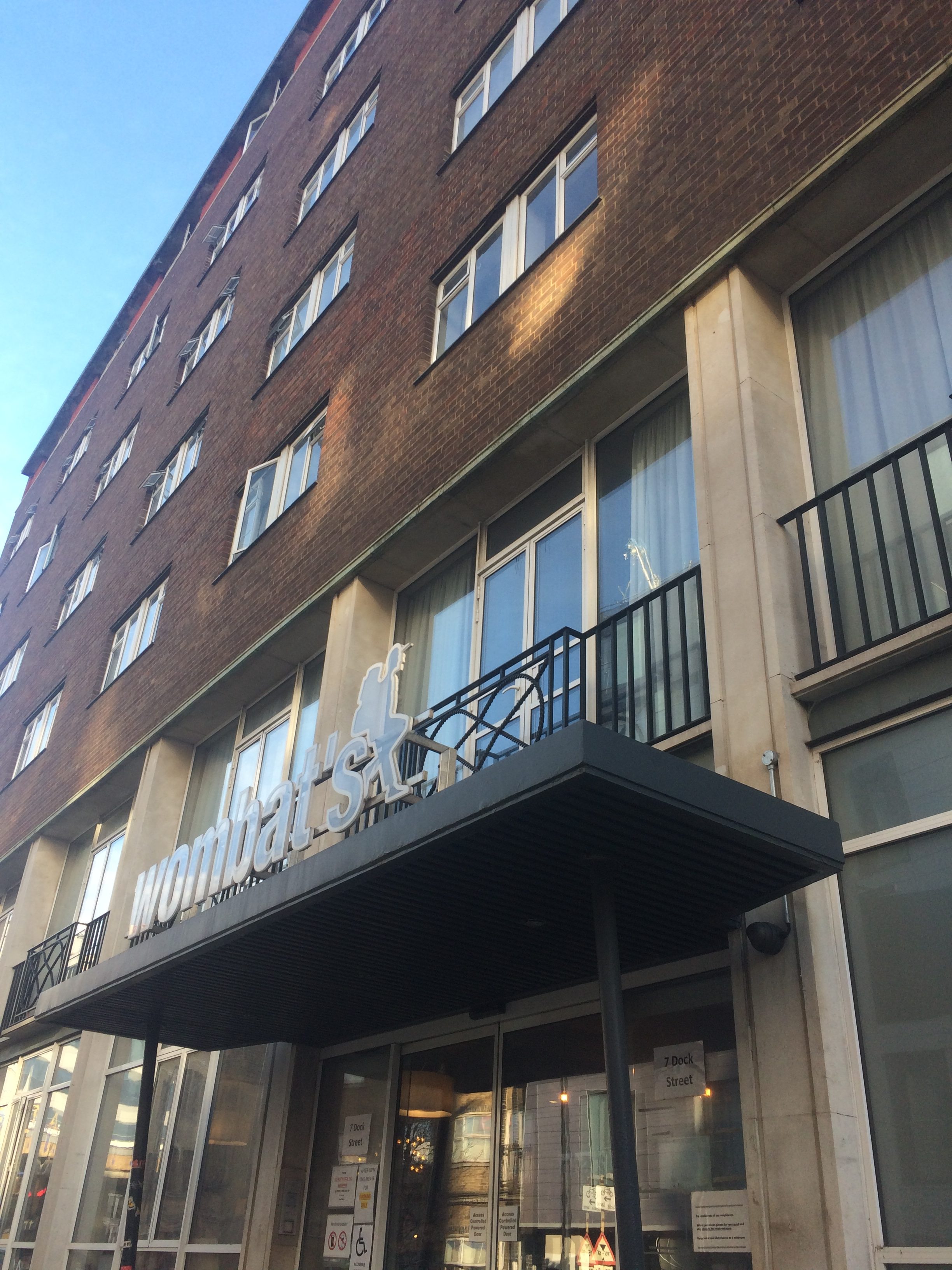5 Things to Do in Suffolk, England
There are plenty of things to do in Suffolk, a traditional English district brimming with history and culture. This place is perhaps East Anglia’s best loved county, and it’s not hard to see why. With the lively towns of Ipswich, Felixstowe and Newmarket dotted in-between the quieter areas of Bury St Edmunds, Sudbury and Long Melford, there is something for everyone in Suffolk. I’ve been coming to the county myself many times over the years as my grandparents moved there from Essex to enjoy their retirement and a slower pace of life. It really is a beautiful part of England and here are some of the top things to do in Suffolk as well as suggestions of how to spend your time there…
Visit Ipswich
One of England’s oldest towns, and known as the ‘capital’ of Suffolk, Ipswich is a great place to kickstart your time in East Anglia. With its waterfront location right on the River Orwell, it’s luscious green parks, lively shopping streets and vibrant night life, there’s something for everyone and things that will appeal to all ages. Why not check out one of the towns many museums to find out all about its rich maritime heritage? Or catch a show in one of the grand theatres? Whatever you’re looking for from your time ticking off things to do in Suffolk, you’re bound to find it right here in Ipswich.
Explore Framlingham Castle
Located in, yep you guessed it, the market town of Framlingham, this stunning Norman castle was built in 1148 but was destroyed by King Henry II less than 30 years later after the revolt of 1173-74. Towards the end of the 13th century though, Framlingham was no longer a castle as it had become a luxurious Manor House instead, with enormous grounds and parklands that were used for hunting. Nowadays the castle has been restored to its former glory and remains largely intact. Owned by the English Heritage and named as a Grade 1 listed monument, Framlingham is open to the public and hosts various events and historical shows all year round.
Have a day out at Newmarket Racecourse
Founded back in 1636, when King James I was on the throne, Newmarket is a racecourse steeped in royal history. Over 30 years later, in 1671, the new King Charles II became the first and only reigning monarch to ride a winning horse right here at Newmarket. Nowadays, the thoroughbred horse riding venue is one of the most popular in England, with two separate racecourses named the Rowley Mile and the July Course. As well as horse racing, Newmarket hosts several big events throughout the year and are well known for their spectacular ‘Newmarket Nights’, a series of concerts during the summer, with 2019’s line up including the likes of Madness, The Kaiser Chiefs and Chic & Nile Rogers.
Relax and unwind at a top spa hotel
No visit to the great British countryside should be complete without a stay at a top hotel, and one with a spa is an added luxury that you won’t want to say no to. The Bedford Lodge Hotel and Spa should be top of your list, and with its 4 Red Star Hotel rating and it’s 5 Bubble Spa rating, it’s not hard to see why. Located in the middle of Newmarket, right opposite the racecourse, the Bedford Lodge is perfect for those looking for somewhere to stay after the races, or just for a night away in a peaceful setting. The hotel boasts the 2AA rosette winning Squires Restaurant for exquisite fine dining, as well as the trendy Roxana Bar offering Champagne and afternoon tea. If it’s the Spa you’re most looking forward to though, you certainly won’t be disappointed. With exciting features such as a rooftop hot tub, private mud rasul, hydrotherapy pool, experiential showers and even an ice fountain, you’ll never want to get out of your swimsuit!
Wander around Sudbury and Long Melford
Located just a few miles from each other, these traditional English towns are a must see when discovering things to do in Suffolk. Long Melford is home to Kentwell Hall, a red brick Tudor mansion set in glorious gardens and farmlands offering a variety of events throughout the year, including open air cinemas and historic educational weekends. Long Melford is also reputed to have one of the largest High Streets in Britain, filled with shops, cafes and pubs. Sudbury on the other hand is a market town, with its twice weekly markets taking place in front of St Peter’s Church right in the town centre. Sudbury is also home to 18th century artist Thomas Gainsborough, with his house and birthplace, Gainsborough’s House, open to the public as a museum and art gallery, one of the towns most visited attractions.
I could list many more things to do in Suffolk, but these are the main highlights I suggest you should see during your time in this pretty county. Have you ever been before? I’d love to know if there’s anything you think I’ve missed off this list!
NB. This post was sponsored by The Bedford Lodge Hotel & Spa but, as always, all words are of course my own.










